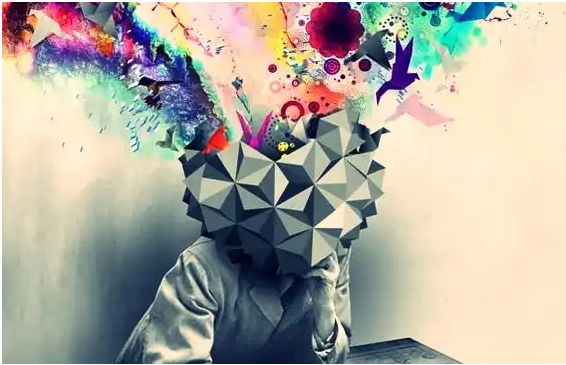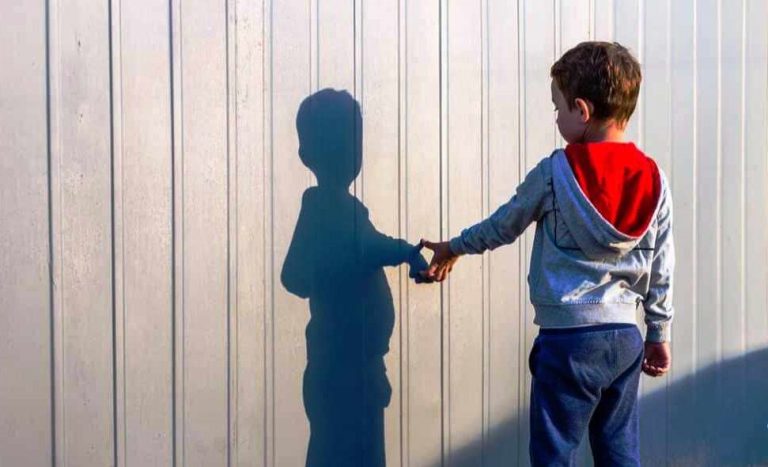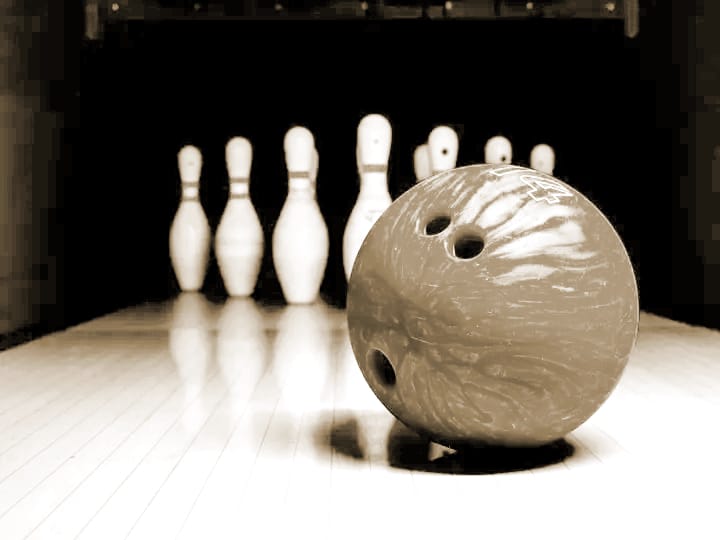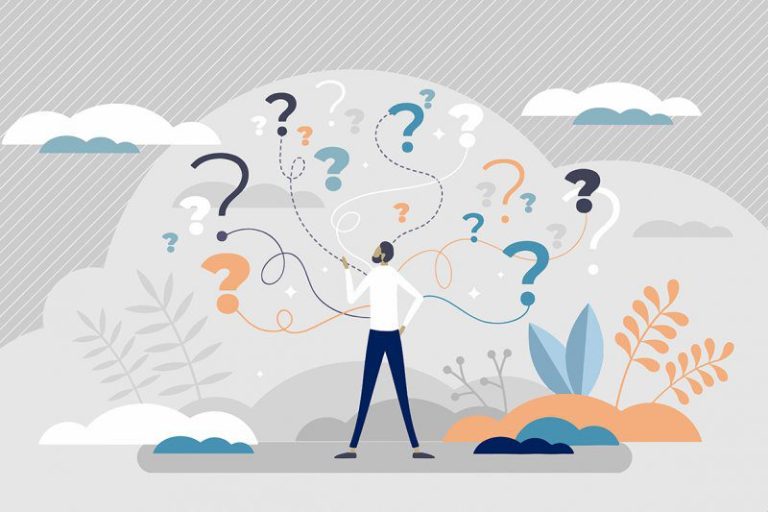Adjusting Creatively to Our Daily Lives
Gestalt therapy was established in the 1950s and it involves the understanding of the processes that occur in human beings. One aim of Gestalt therapy is allowing the individual to understand how they adjusted to their life. Sometimes one adjusts in order to survive the situation, but this often creates other challenges later on such as relating to others.
The therapist supports the individual to widen their awareness about behaviours and thoughts they carry, to understand how these came about. Creative adjustment refers to the notion that we as individuals are growth-oriented. We adjust in the best way we can with the resources we have at the time. Individuals can make use of their own resources and those in the environment they live in.
The environment refers to everything outside the individual, be it the physical environment and other individuals. The individual refers to characteristics, experiences and resources, which make the unique person. Both individual and environment adjust themselves to one another. We can picture a balance between the self (individual) and the outside world (environment), while adjusting to the current conditions. A clear example of this is how we all had to adapt and make the necessary changes when the Covid-19 pandemic started.
Challenging times and experiences are part of our existence, be in during childhood, adolescence and adulthood. Everyone has to learn some form of coping mechanism. Sometimes, our creative adjustments are carried on, even if they are no longer required. In Gestalt, we refer to this as old creative adjustment, characterized by the individual’s limited resources. Below we will see how to explore current thoughts and feelings to create change from old habits.
So, how can we overcome creative adjustments we no longer need?
There are different ways of approaching such creative adjustments, with the help of mental health professionals and by working on oneself:
Recognize triggers
See how your current way of relating links with previous experiences or childhood circumstances and bring this to the here and now. One can explore this by asking questions like: What does the trigger look like? How would it feel like? By personifying the trigger, one starts bringing it into the field of awareness and does not remain unknown.
Increase emotional intelligence
By becoming more literate about emotions, one can support themselves in understanding and recognizing their own emotions. A way to do so is learning how to slow down oneself, mindfulness and feeling one’s body in the process.
Monitor your thoughts
When ruminating thoughts arise in your mind, attach words to the sensations in your body. This allows the individual to connect their feelings with bodily sensations. Sometimes thoughts and feelings become uncoordinated and the above can help bringing this into awareness.
These ways towards self-discovery allows the individual to see how the old creative adjustment that was learnt, no longer fits. The individual can make changes in their way of thinking and understanding, paving way to form relationships based on truth and with more insight.
Everyone’s journey from childhood to adulthood is different. The creative adjustment is how the individual adapts through their experiences. Through therapy, one can become more aware of their feelings, thoughts and behaviors, working towards being oneself, feeling renewed, stronger and better able to face the future.
If you think that you can benefit from professional support on this issue you can reach out here.
Charlot Cauchi is a Trainee Gestalt Psychotherapist currently reading for a Masters in Gestalt Psychotherapy with Gestalt Psychotherapy Training Institute Malta (GPTIM) and working at Willingness as a Trainee Psychotherapist. He has experience with adult clients with mental health difficulties, anxiety, depression, loss, trauma, stress and relational issues.
References
Joyce, P., & Sills, C. (2014). Skills in gestalt counselling and psychotherapy (3rd ed.). Sage Publications.
Spagnuolo Lobb, M. (2020).Gestalt therapy during coronavirus: Sensing the experiential ground and “dancing” with reciprocity. The Humanistic Psychologist. 48(4), 397-409.







